Freezer Mistakes: 10 Foods That Should Stay Out of the Cold
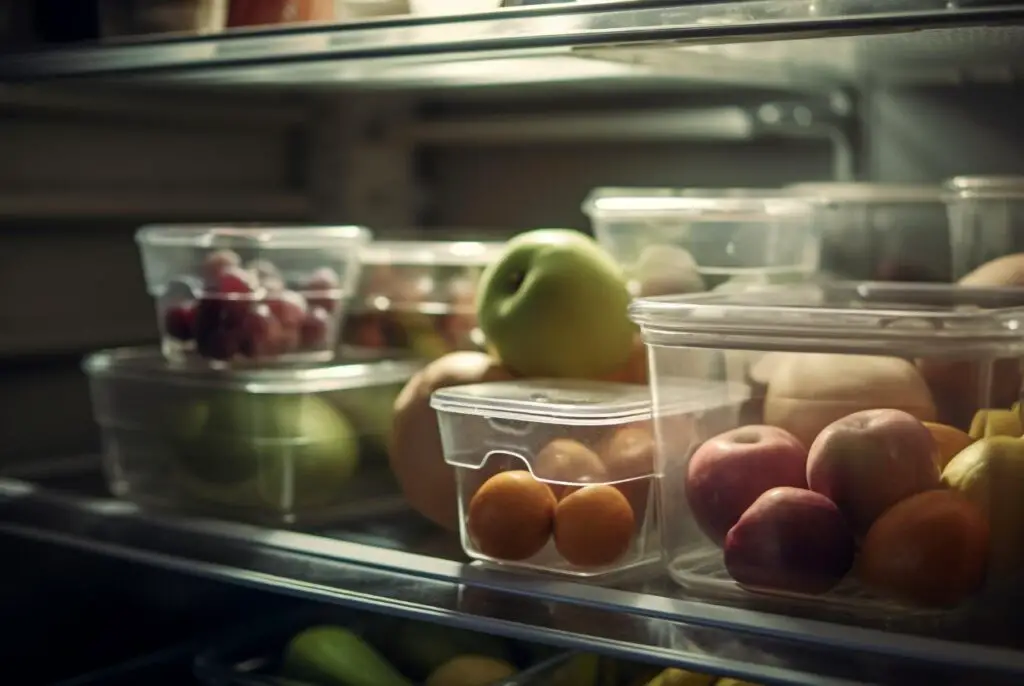
When it comes to keeping food fresh, many of us turn to the freezer as our trusted ally. It is like a time machine for leftovers, summer produce, and bulk grocery buys. But not everything belongs in the deep freeze. In fact, freezing certain foods can ruin their texture, taste, and overall appeal, leaving you with more waste than savings.
For baby boomers who value both flavor and budget-friendly living, knowing what not to put in the freezer can save you from a lot of disappointment—and from tossing food you thought you had preserved. Whether you are planning meals for two or stocking up to avoid extra grocery trips, avoiding common freezer mistakes will keep your food fresh and enjoyable.
Here are 10 foods you should always keep out of the cold.
1. Lettuce and Leafy Greens
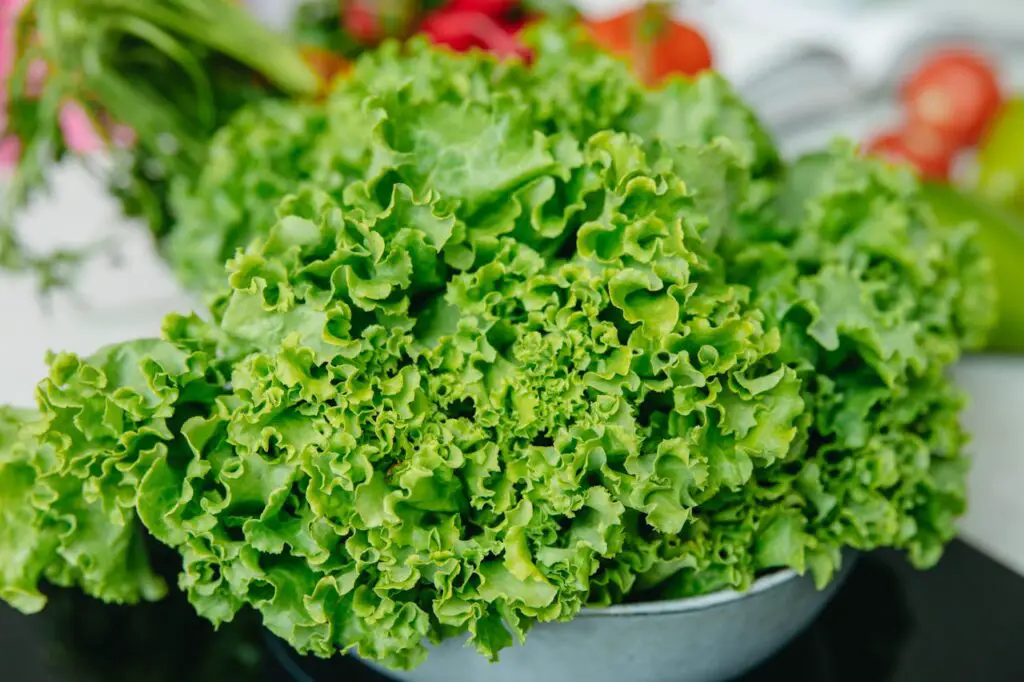
Freezing lettuce and other leafy greens may seem like a clever way to extend their shelf life, but in reality, it leaves you with a soggy, limp mess. These delicate vegetables are made up mostly of water, and when frozen, ice crystals form and rupture the cell walls. The result is wilted leaves that are better suited for compost than your dinner plate. While greens like spinach can sometimes be frozen if you plan to cook them later, fresh salads are a different story. If you want to enjoy crisp, refreshing lettuce, your best bet is to keep it in the refrigerator and use it within a week.
2. Cucumbers and Other High-Water Vegetables
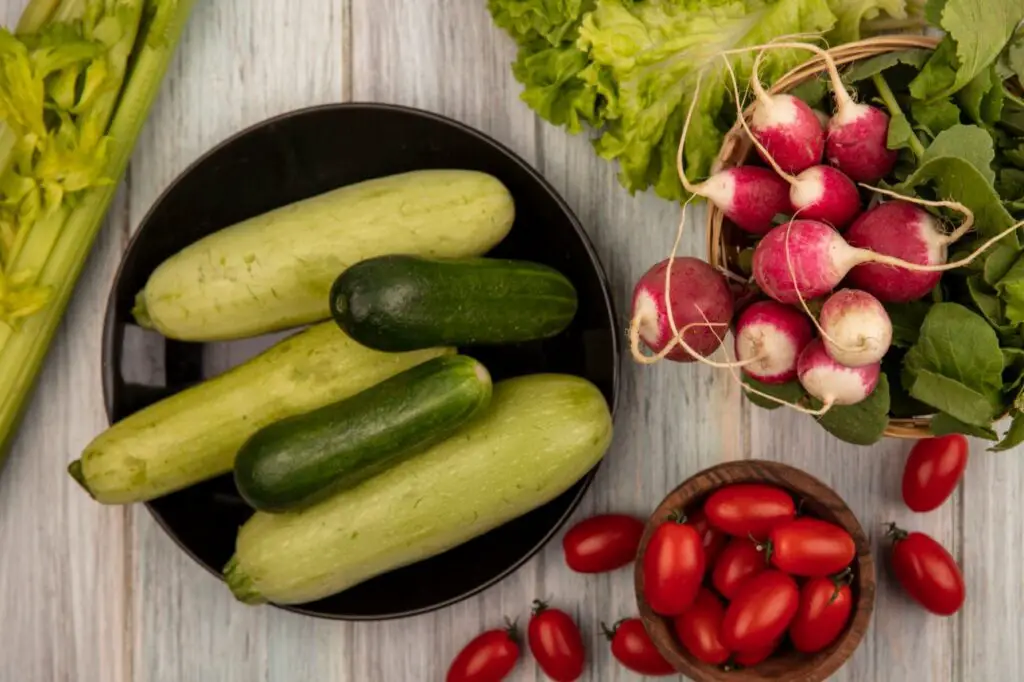
Cucumbers, zucchini, radishes, and similar high-water veggies should never see the inside of your freezer. Just like lettuce, they turn mushy when thawed. The crunch that makes them so satisfying in salads or as snacks disappears completely. Imagine biting into what should be a crisp cucumber only to find a soggy, flavorless slice—it is not a pleasant surprise. If you find yourself with too many cucumbers, consider pickling them instead. Not only will they last much longer, but they will also add some tangy variety to your meals.
3. Fresh Tomatoes
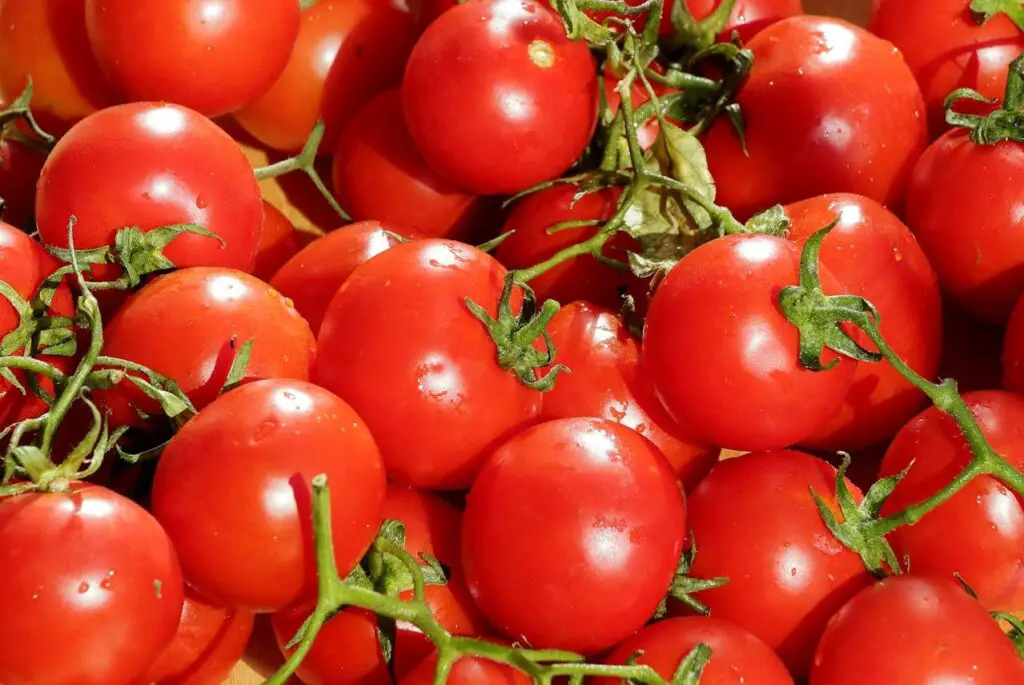
While tomato sauce and soups freeze beautifully, whole or sliced fresh tomatoes do not fare well in the cold. Freezing breaks their skin and leaves the flesh watery and grainy once thawed. If you have a surplus of tomatoes from your garden, cook them into a sauce, soup, or stew before freezing. That way, you preserve their flavor and usefulness without sacrificing quality. Fresh tomatoes are best enjoyed raw in salads or sandwiches, so resist the urge to stash them in the freezer.
4. Cooked Pasta and Rice
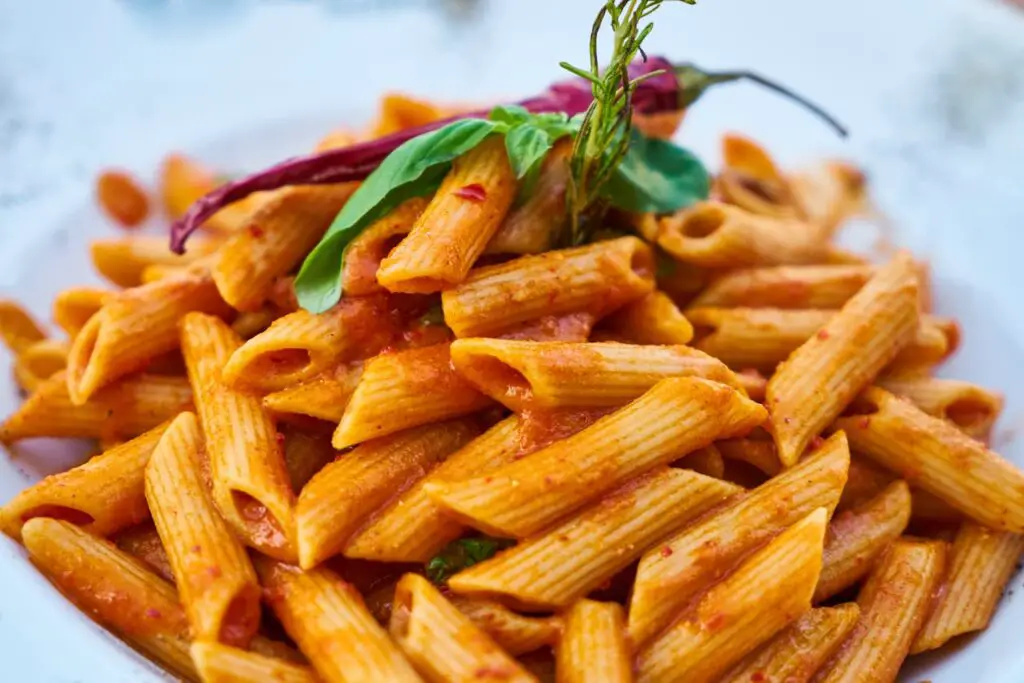
If you have ever tried reheating pasta or rice that was frozen, you probably noticed the disappointing results. Cooked pasta and rice lose their structure when frozen. The starches break down, creating a mushy, gluey mess. Instead of freezing, try storing them in the refrigerator for a few days and making creative leftovers like fried rice or pasta salads. If you want a freezer-friendly meal, freeze the sauce and prepare fresh pasta or rice when you are ready to eat.
5. Mayonnaise, Salad Dressings, and Sauces
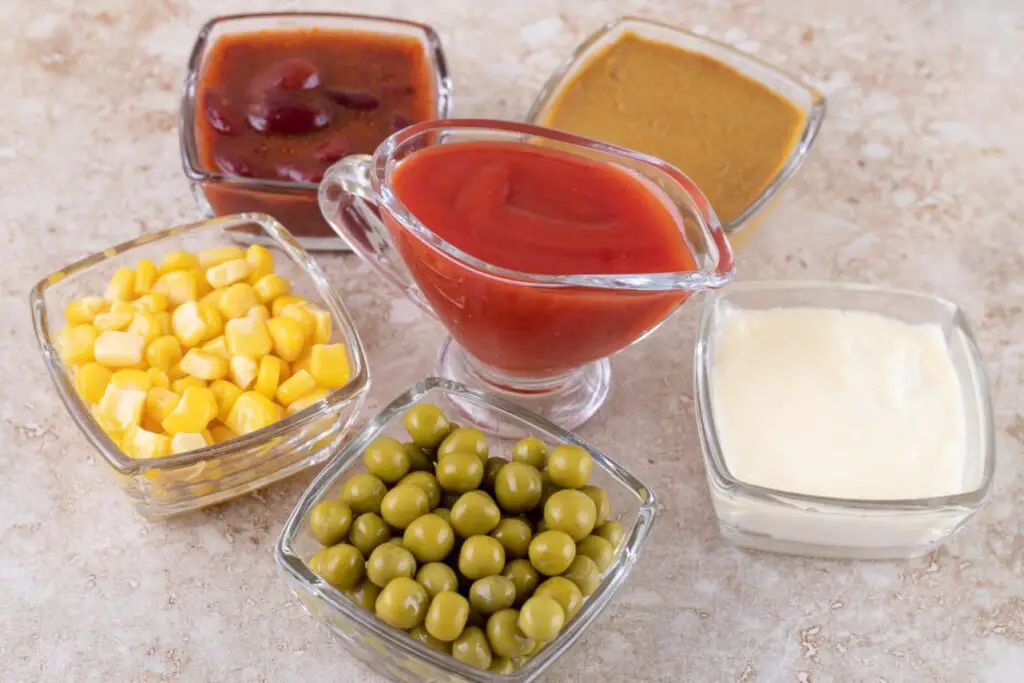
Creamy condiments like mayonnaise and homemade salad dressings separate when frozen. The oil and water components split apart, leaving behind an unappetizing texture that looks curdled. The same goes for creamy sauces such as ranch or Caesar. While store-bought versions with stabilizers may fare slightly better, homemade dressings should always stay in the refrigerator. If you love making your own, whip up smaller batches so they are always fresh and ready to use.
6. Sour Cream and Yogurt
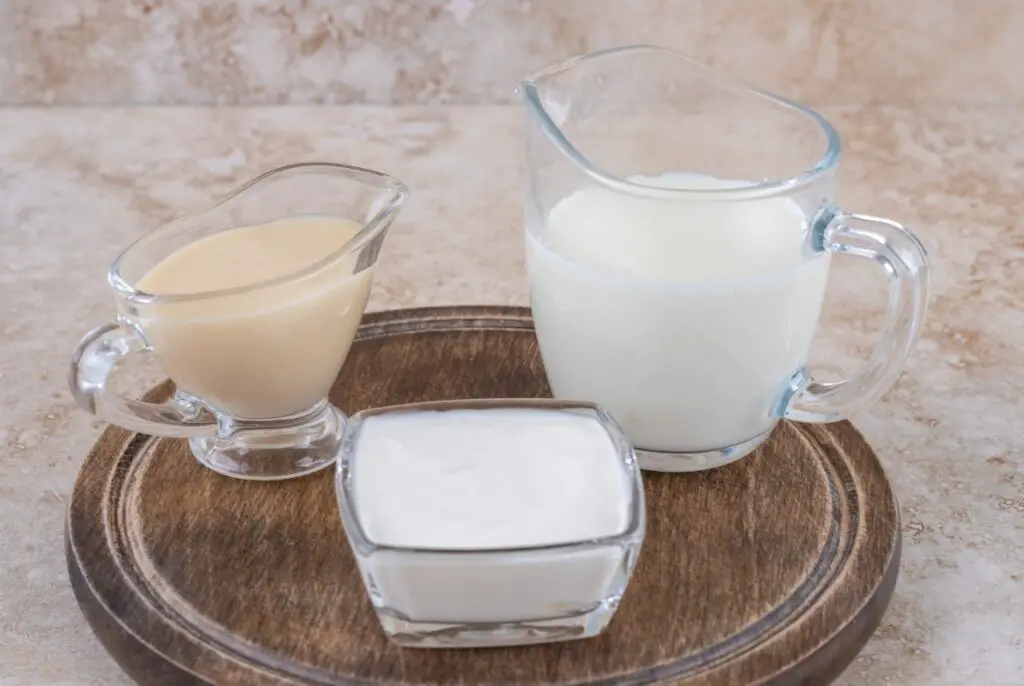
Both sour cream and yogurt lose their smooth, creamy texture after freezing. Once thawed, they often become watery and grainy, making them unpleasant as a topping or snack. While they are still safe to eat, the texture is usually disappointing. If you need to extend their shelf life, consider using them in cooked dishes before they expire. For instance, add sour cream to casseroles or stir yogurt into baked goods—just do it before freezing to ensure the texture holds up.
7. Cream Cheese and Custard-Based Desserts
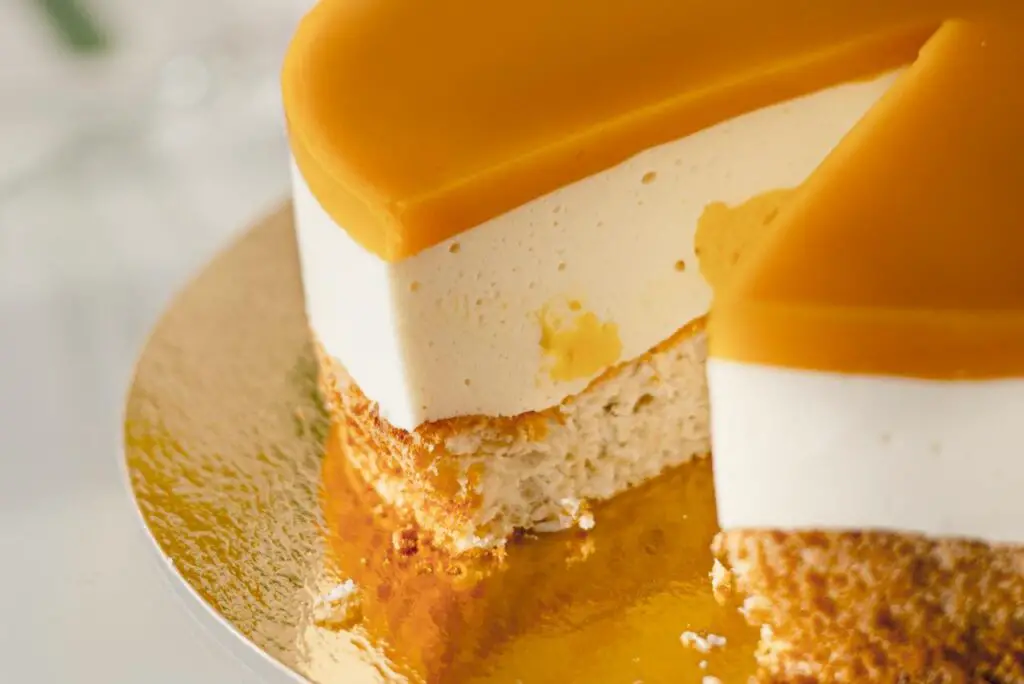
Cream cheese, along with pies and desserts made with custard or cream fillings, do not survive the freezer well. They tend to separate and become watery or lumpy after thawing, which makes for a poor presentation and less-than-appetizing taste. That slice of cream pie you thought you could save for later is almost guaranteed to disappoint. If you love these treats, it is better to make just enough to enjoy fresh rather than trying to preserve leftovers in the freezer.
8. Egg Whites
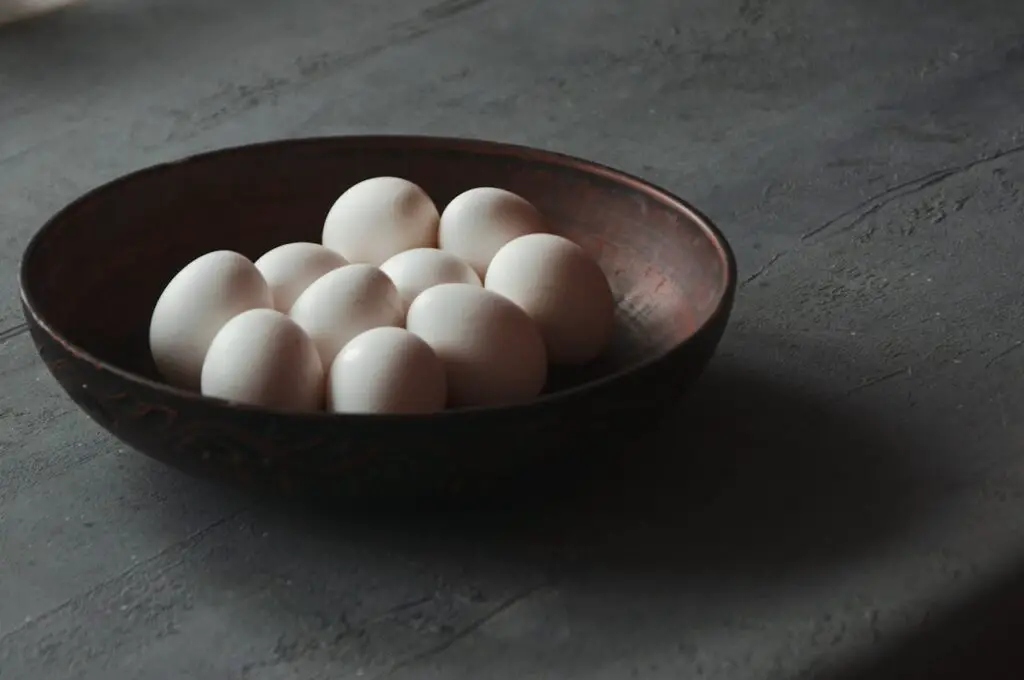
Egg whites, whether cooked or raw, do not belong in the freezer. Cooked egg whites turn rubbery and tough when frozen, while raw egg whites lose their smooth consistency. Whole eggs in the shell are also a big no-no, since they expand in the cold and can crack, creating a messy situation. If you want to store eggs for later use, consider freezing them after beating them together instead. Otherwise, keep your egg whites in the fridge and use them within a few days.
9. Fried Foods and Crispy Snacks

Fried foods are delicious when they are fresh, hot, and crispy. Unfortunately, the freezer robs them of that signature crunch. Moisture seeps into the breading, leaving your fried chicken, onion rings, or French fries soggy and disappointing. Even reheating in the oven rarely restores the original crispiness. The best approach is to enjoy fried foods fresh, or refrigerate leftovers if you plan to eat them within a day or two. For longer storage, it is better to prepare a new batch when the craving strikes.
10. Fresh Herbs and Delicate Greens
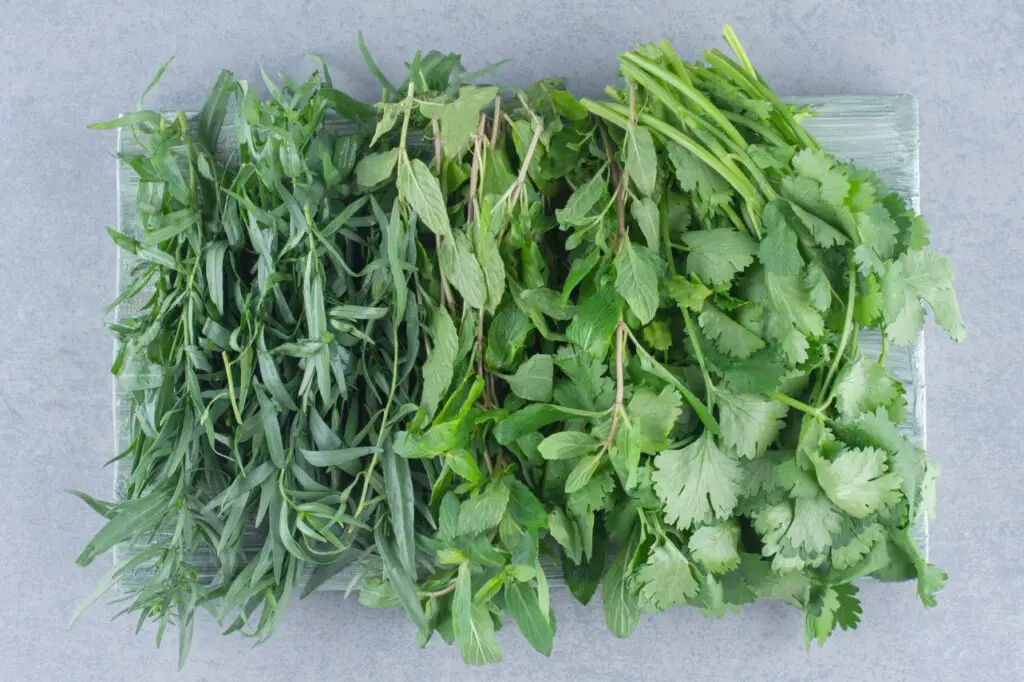
Fresh herbs like basil, cilantro, and parsley are highly sensitive to freezing. Their delicate leaves become limp and lose their bright flavor once thawed. If you want to preserve herbs, try chopping them and freezing them in olive oil using ice cube trays. These little flavor cubes are perfect for tossing into soups and sautés without losing too much quality. Still, nothing beats the vibrant punch of fresh herbs, so buy small amounts and use them within a week.
Final Thoughts

A freezer can be a lifesaver in the kitchen, but only if you use it wisely. Not all foods are meant to endure icy storage, and trying to freeze the wrong ones often leads to wasted meals and frustration. For baby boomers who know the value of stretching every grocery dollar and savoring every bite, avoiding these 10 common freezer mistakes can make a big difference.
Instead of filling your freezer with foods that will only disappoint later, focus on freezing items that hold up well, like soups, sauces, and hearty meats. For everything else, plan to enjoy them fresh or find alternative ways to preserve their flavor. After all, food is not just about nutrition—it is about enjoyment. And nobody enjoys a soggy salad or mushy pasta.
So the next time you are tempted to stash those cucumbers or cream pies in the freezer, remember: sometimes, fresh is best.
Leave a Reply